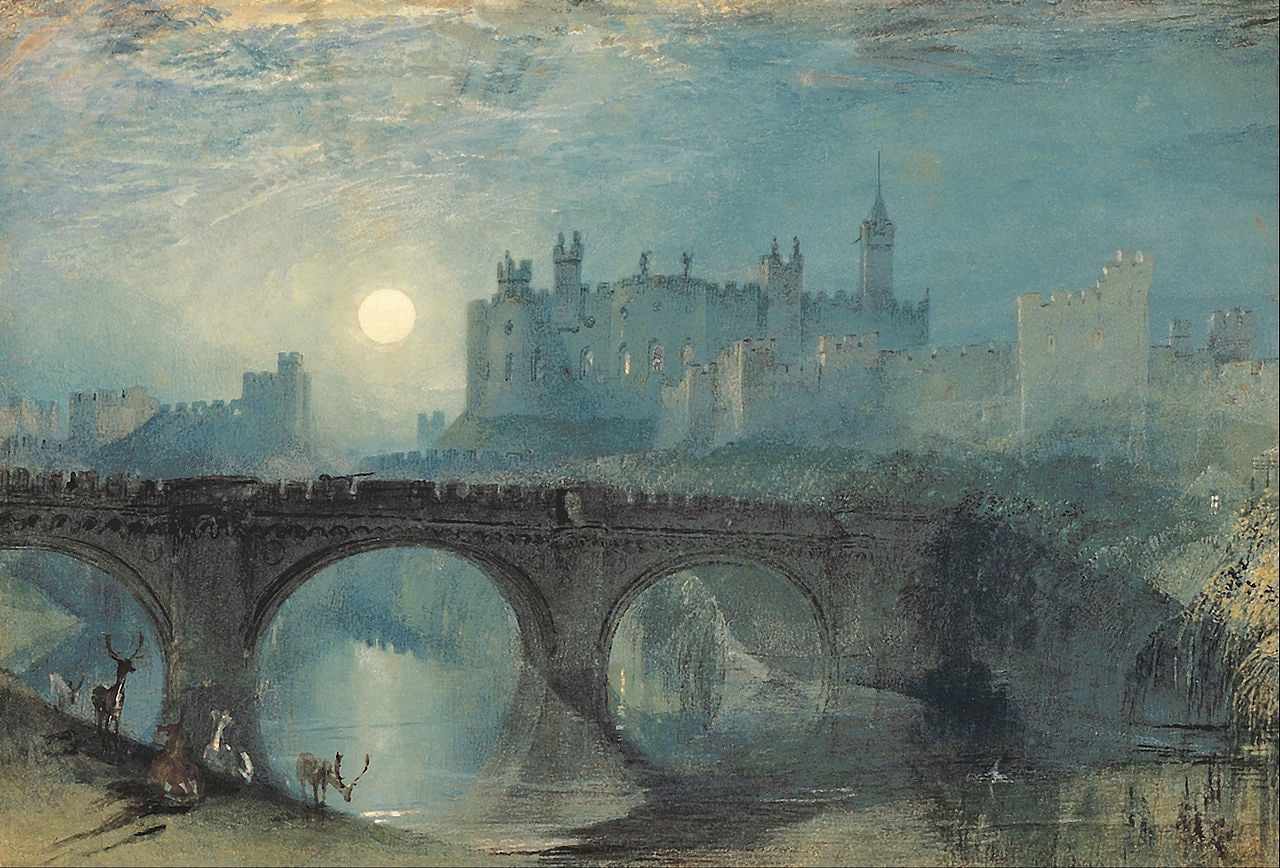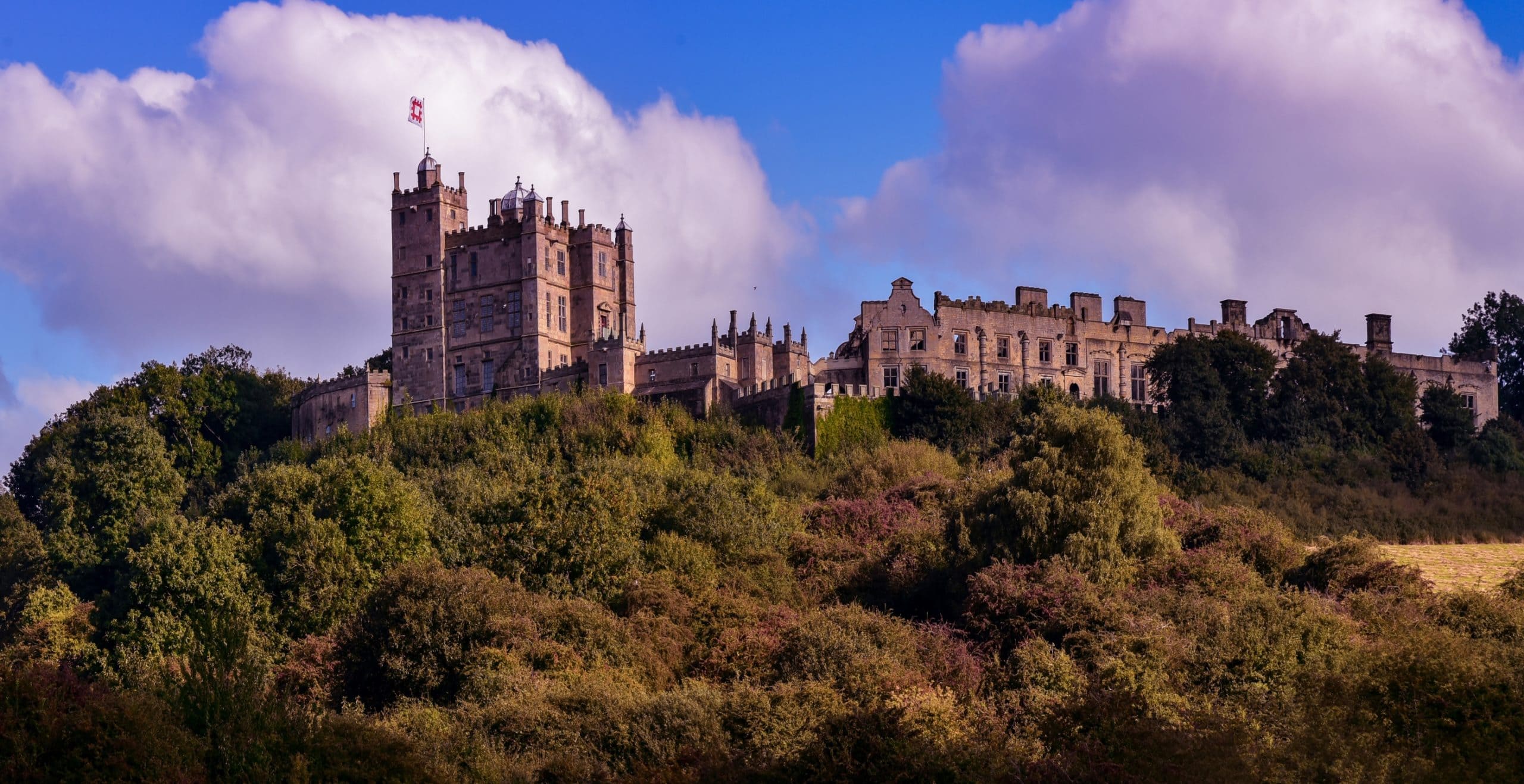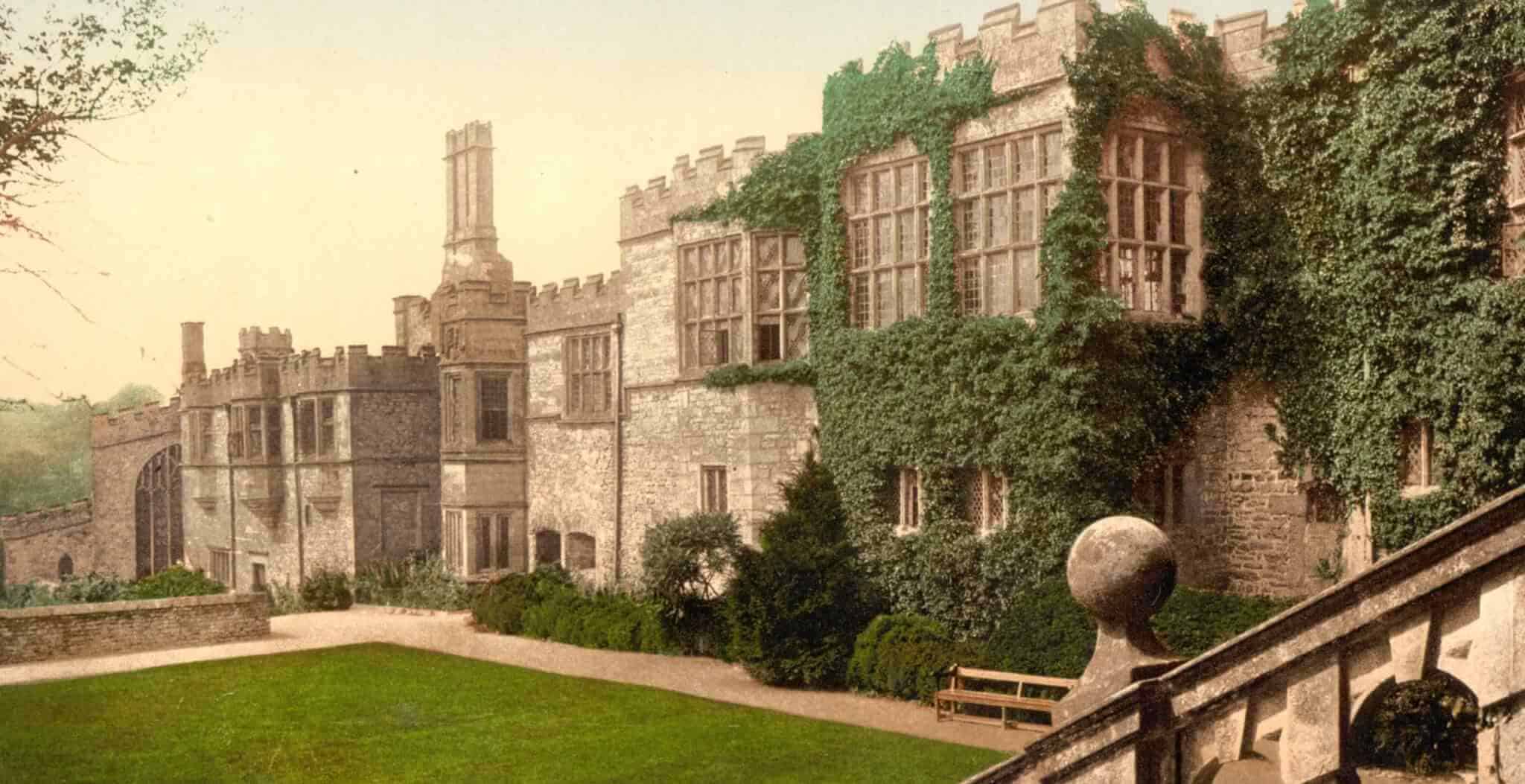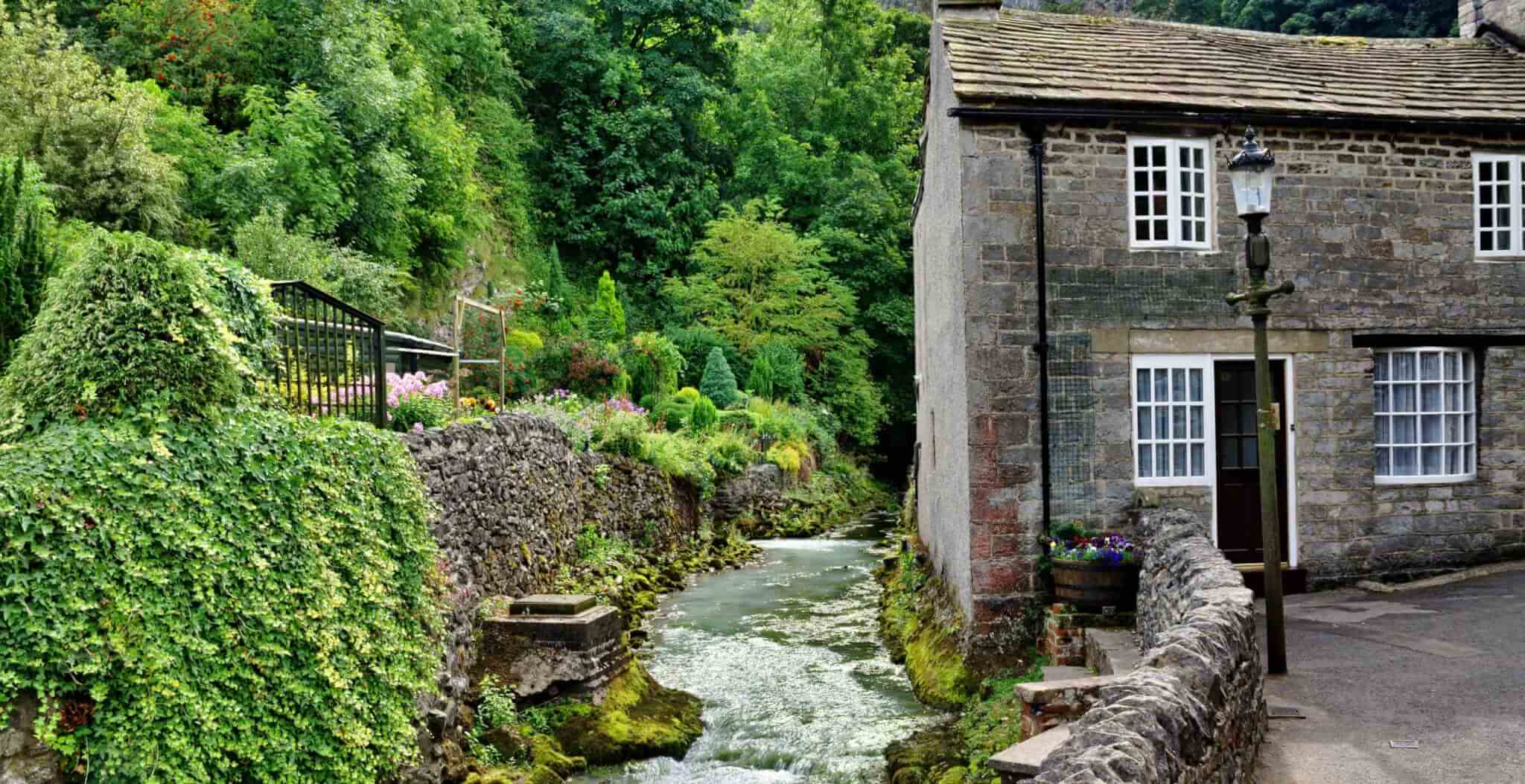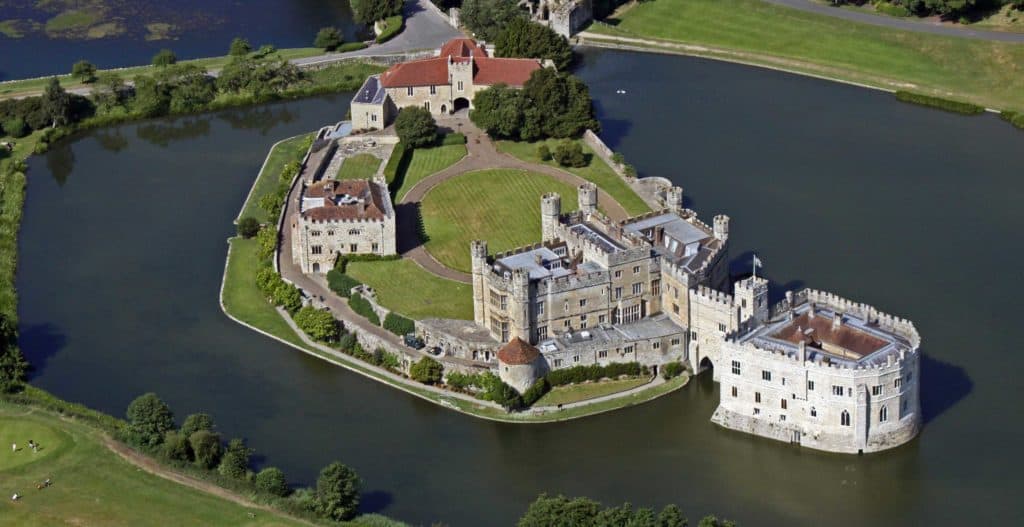Telephone: 01246 822844
Website: https://www.english-heritage.org.uk/visit/places/bolsover-castle/
Owned by: English Heritage.
Opening times: 10.00 – 16.00. Days vary throughout the year, see the English Heritage website for more details. Last admission is one hour before closing. Entrance charges apply to visitors who are not English Heritage members.
Public access: Many areas of the castle are wheelchair accessible but some access is weather dependent. Call 01246 822844 in advance of your visit for further details. The site is family friendly and dogs on leads.
An intact mix of Norman stronghold, Jacobean manor and country house. Bolsover Castle occupies an impressive location at the end of a promontory of land. Built by the Peverel family in the 12th century, the castle became Crown property when the family line died out. The Peverels were also founders of Peveril Castle near Castleton, and the first William Peverel was said to be the illegitimate son of William the Conqueror. The castle was one of several garrisoned by soldiers of Henry II during the revolt of his sons and their supporters. During and after this conflict, the Earls of Derby laid claim to Bolsover, as well as to Peveril Castle. Although the castle underwent some repairs during the 13th century, following a siege in 1217 it had deteriorated into a ruin. The manor and castle were purchased by Sir George Talbot in 1553, and after his death his second son, the 7th Earl of Shrewsbury, sold what remained of Bolsover Castle to Sir Charles Cavendish, his step-brother and brother-in-law.
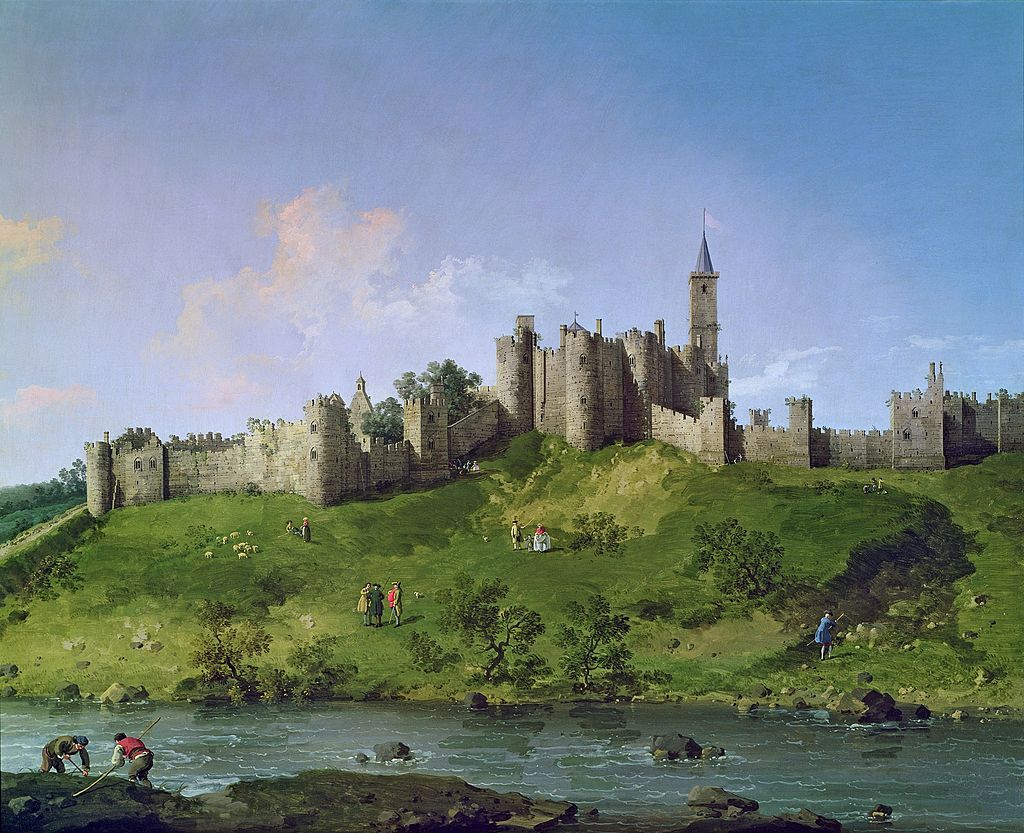
Cavendish had ambitious and unusual plans for Bolsover. Working with designer and builder Robert Smythson, he envisioned a castle he could use as a retreat from Welbeck, the principal seat of the Cavendish family. Moreover, it would be comfortable and elegant, yet its external appearance would pay homage to the form of a classic Norman keep, sitting imposingly on the promontory near the original foundation. This was to be the Little Castle, which was not completed until 1621, after the deaths of both Cavendish and his architect. Building continued under William, son of Charles Cavendish and later Duke of Newcastle, and his brother John. They drew on the Italianate style of architect Inigo Jones, whose reputation was beginning to influence construction beyond London. Even today, some of the fragile wall paintings are among the unique treasures of Bolsover.
Internally, the architecture of the keep was a combination of Romanesque and Gothic, while the furnishing, under the direction of architect John Smythson, Robert’s son, was lavish and comfortable. William Cavendish also added the terrace range which now stands as a roofless ruin along one edge of the site. When newly constructed, this was an elegant and fashionable location, worthy to welcome the monarch Charles I and his wife Henrietta Maria in 1634. All work at Bolsover ceased during the English Civil War, and Bolsover was slighted by the Parliamentarians so that it was effectively ruined. On becoming Duke of Newcastle after the restoration of the monarchy, William Cavendish set about restoring the castle and extending the terrace range with a state apartment. A noted horseman who wrote a famous work on horsemanship, Cavendish also constructed a dedicated riding house which survives in its entirety and is still used for magnificent equestrian displays today. By the time of his death in 1676, restoration on Bolsover Castle was complete, although it fell into decline under his son Henry, who pulled down the state apartment and allowed the terrace range to decay. Bolsover Castle came into state ownership in 1945, having been donated by the Duke of Portland. It was subsequently restored and stabilised, having been threatened by subsidence from mining at Bolsover Colliery.
